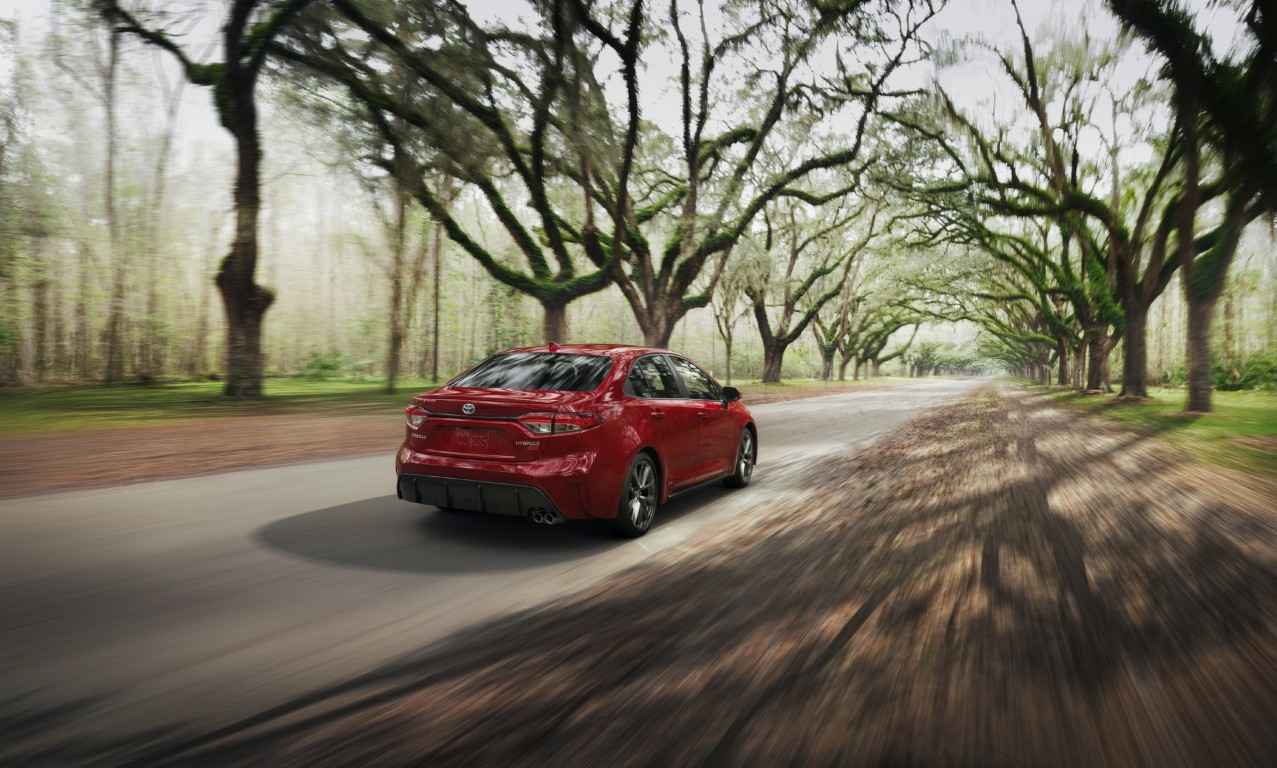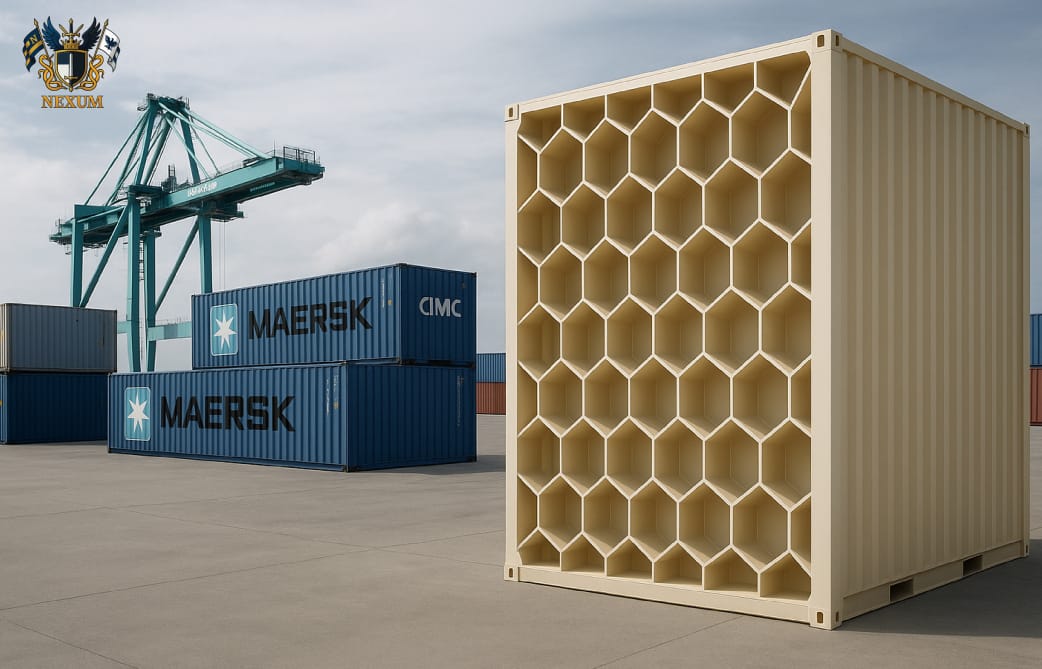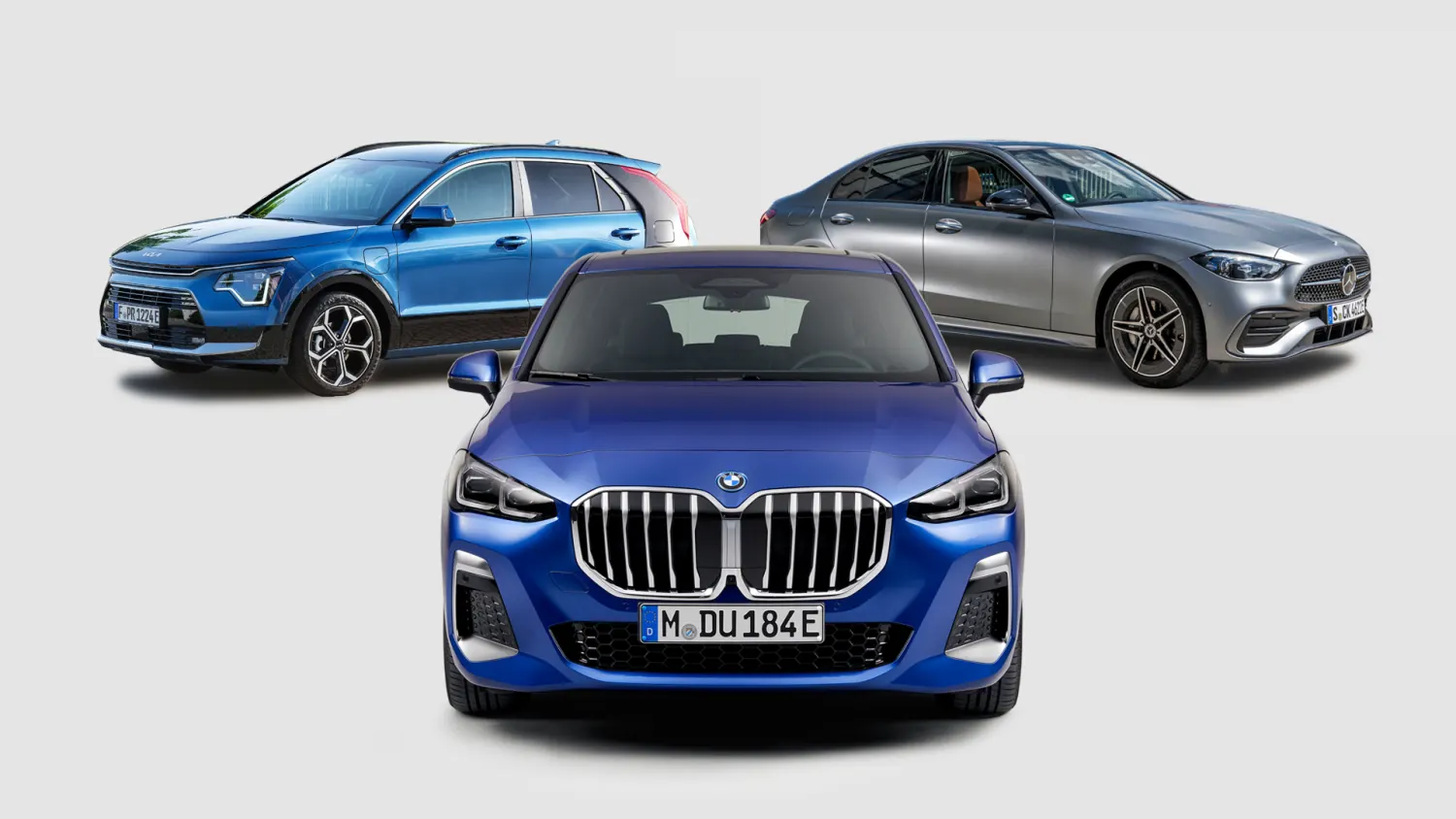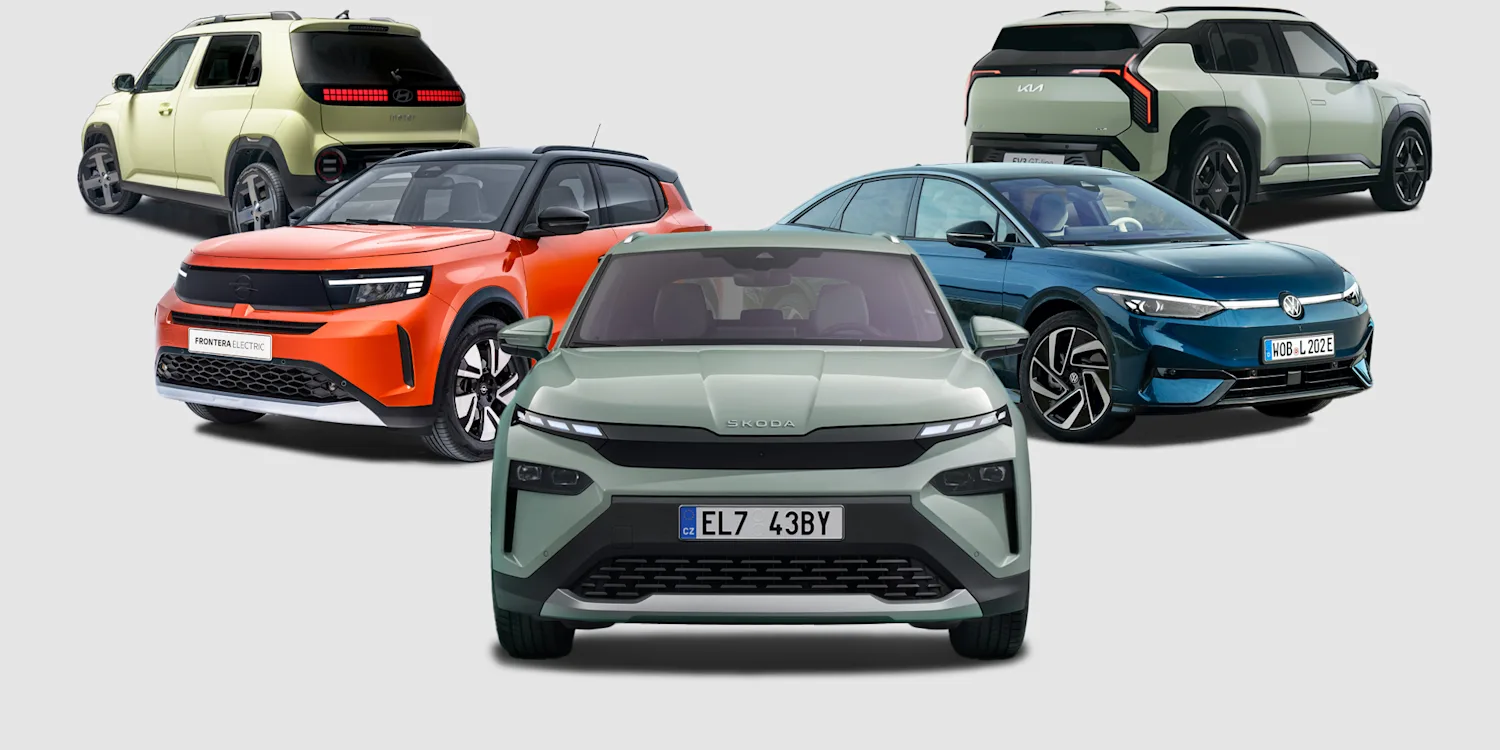Rideshare in a four‑season city means the car works different jobs across the year. In July, riders appreciate cold AC, a quiet cabin, and clean upholstery; in January, they value heat, traction, and dependable arrivals. Summer brings airport runs with luggage, beach trips, and outdoor events where trunk space matters. Winter shifts priorities to reliable starting, quick warm-up, and confident handling on slippery streets. Understanding these patterns helps you choose features that keep ratings high year-round.
Thing to Consider Ridesharing Drivers for different seasons
Vehicle requirements that matter
Start with fuel economy, rear‑seat space, and trunk capacity, then layer on comfort and uptime features. To avoid analysis paralysis, compare a broad range of used cars around Toronto that fit real daily routes—airport runs, late‑night shifts, school‑start mornings—instead of chasing flashier specs that won’t change earnings. Consider the total passenger experience: easy door handles for elderly riders, simple climate controls, and interior lighting that makes finding belongings easy.
Route planning and vehicle sizing
Different seasons bring different route patterns that affect vehicle choice. Summer festivals and events often mean stop-and-go traffic where fuel efficiency and cooling matter most. Winter holidays bring family groups with extra luggage, making cargo space and rear-seat comfort crucial. Fall and spring shoulder seasons are ideal for longer suburban routes where highway comfort and noise levels significantly impact rider satisfaction and your own fatigue levels.
Comfort and safety that protect ratings
Technology that streamlines operations
Small quality‑of‑life features stack up over hundreds of trips. Wireless CarPlay/Android Auto reduces navigation friction and keeps eyes up while changing destinations or handling ride requests. Heated seats and a heated wheel minimize idle time on frigid starts, saving fuel and reducing wear on the engine. Multiple USB ports let you keep devices charged while allowing riders to plug in their phones—a simple feature that often earns five-star ratings.
Visibility and safety features
LED headlights and auto high beams cut fatigue on dark commutes and improve safety during late-night pickups in poorly lit areas. Blind-spot monitoring and rear cross-traffic alerts help when backing out of tight pickup spots, while adaptive cruise control reduces stress during highway segments between rides. These features also demonstrate professionalism to riders who notice and appreciate drivers who prioritize safety.
Interior durability and maintenance
Floor liners and easy‑clean upholstery keep the cabin presentable through slush season, spilled drinks, and everyday wear from multiple passengers daily. From a margins perspective, confirm insurance classes, tire replacement costs, and realistic city‑heavy MPG before committing. Leather or vinyl seats wipe clean easier than fabric, while rubber floor mats protect carpets from salt, sand, and moisture that riders track in during Canadian winters.
Shortlisting for ride‑hailing success
Financial considerations for high-mileage use
When launching or upgrading, a focused list of Uber‑friendly models saves time—prioritize uptime, rear legroom, and cargo flexibility. Build a shortlist of Uber‑ready cars in Toronto and run the math: acquisition price, monthly payment, fuel, routine service, and expected depreciation under high‑mileage use. Factor in commercial insurance requirements and whether your chosen vehicle qualifies for ride-hailing platforms’ vehicle standards and age requirements.
Reliability and service accessibility
Reliability and parts availability beat exotic tech when the car is an office on wheels. Choose models with widespread dealer networks and reasonable service costs, as unexpected repairs during peak earning periods can seriously impact monthly income. Research common maintenance schedules and costs for your shortlisted vehicles—oil changes, brake service, and tire replacements happen frequently in rideshare duty.
Platform requirements and passenger preferences
Different rideshare platforms have varying vehicle requirements for model year, condition, and features. Premium service tiers often require leather seats, newer model years, and specific safety features. Consider your target market: airport runs favor cargo space and comfort, while downtown short trips prioritize quick ingress/egress and maneuverability. Matching your vehicle to your intended service area and rider demographics can significantly impact earnings and rider satisfaction.











